
NGN - Plesiochronous Digital Hierarchy
Properties of PDH
Plesiochronous − Almost Synchronous
Multiplexing of 2 Mbit/s signals into higher order multiplexed signals.
Laying cable between switch sites is very expensive.
Increasing traffic capacity of a cable by increasing bit rate.
4 lower order signals multiplexed into single higher order signal at each level.
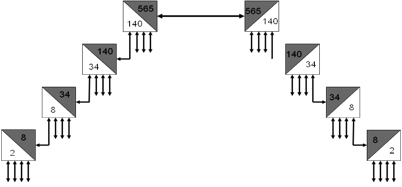
PDH technology allow successive multiplexing of a signal from 2 M 8 M, from 8 M 34 M, from 34 M 140 M and finally 140 M 565 M systems.
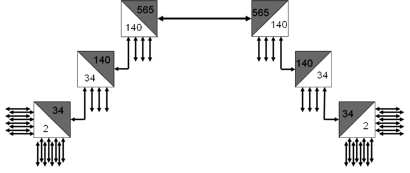
There also existed jump or skip muxes that would allow multiplexing of 16 2 M signals into a 34 M signal without the intermediate 8 M level.
PDH Limitations
Synchronisation − The data is transmitted at regular intervals. With timing derived from the transmitters oscillator, the data is sampled at the same rate as it is being transmitted.
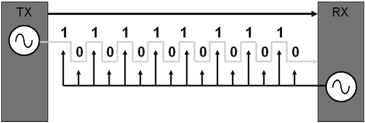
The data is transmitted at regular intervals. With timing derived from the transmitters oscillator, the data is sampled at a slower rate than the transmitter. One of the disadvantages of PDH was that each element was synchronized independently. For data to be received correctly, the sampling rate at the receiver end must be the same as the transmission rate at the transmitter end.
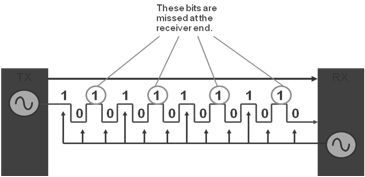
The data is transmitted at regular intervals. With timing derived from the transmitters oscillator, the data is sampled at a faster rate than the transmitter. If the oscillator at the receiver end was running slower than that at the transmitter end the receiver would miss some of the bits of the transmitted signal.
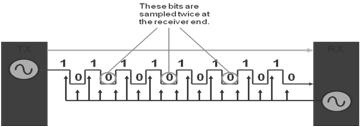
Or, if the receiver clock was running faster than that of the transmitter, the receiver would sample some of the bits twice.
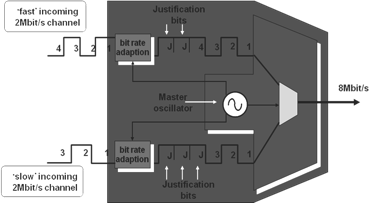
Justification bits are added to lower order signals so that they can be multiplexed at a single rate. The equipment oscillator is used as a timing source for the bit rate adaption process on the lower order and also on the multiplex proceed. Justification bits are discarded at the received end when the signals are de-multiplexed.
Because of the synchronization methods that were used, it was impossible to de-multiplex from a high order signal to the lowest order tributary signal in one piece of equipment. It was necessary to de-multiplex at all levels to access the signal that was being dropped at a site and then re-multiplex all the other channels back up to the higher rate. This meant that there had to be a lot of equipment on the site to accomplish this. This is known as the PDH Mux Mountain. All this equipment took up a lot of space on the site and also increased the need for spares to be held on sites.
Lack of resilience in PDH networks meant that if a fiber break occurred, the traffic would be lost. PDH network management simply reports alarms to NOC operators. No diagnosis or remedial tools are available to NOC staff. A maintenance engineer need to be sent on the site with a minimum amount of information. Each network element requires a connection to the DCN network as no facilities exist to carry management information across the PDH network.
Lack of standards for interconnection meant that it was not possible to interconnect equipment from multiple vendors. Equipment could operate on different wavelength, use different bit-rates, or proprietary optical interfaces.